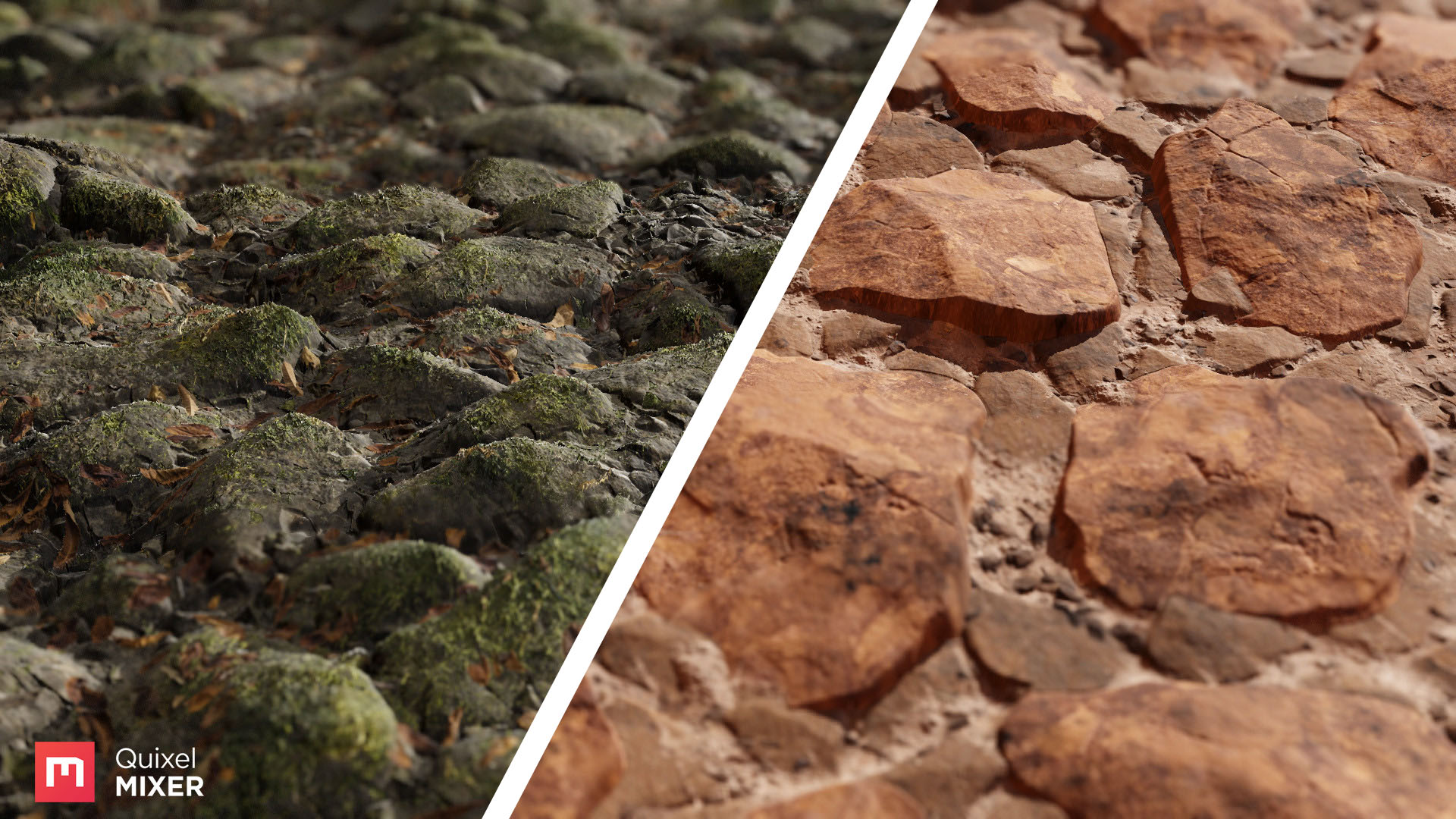Artist Spotlight: The exquisite Mixes of Marian Látečka
With the launch of Quixel Mixer, we’ve seen a number of prolific artists make expert use of the software to create some truly memorable custom Mixes. And none more so than Marian Látečka with his truly diverse range of material surfaces made using Mixer.
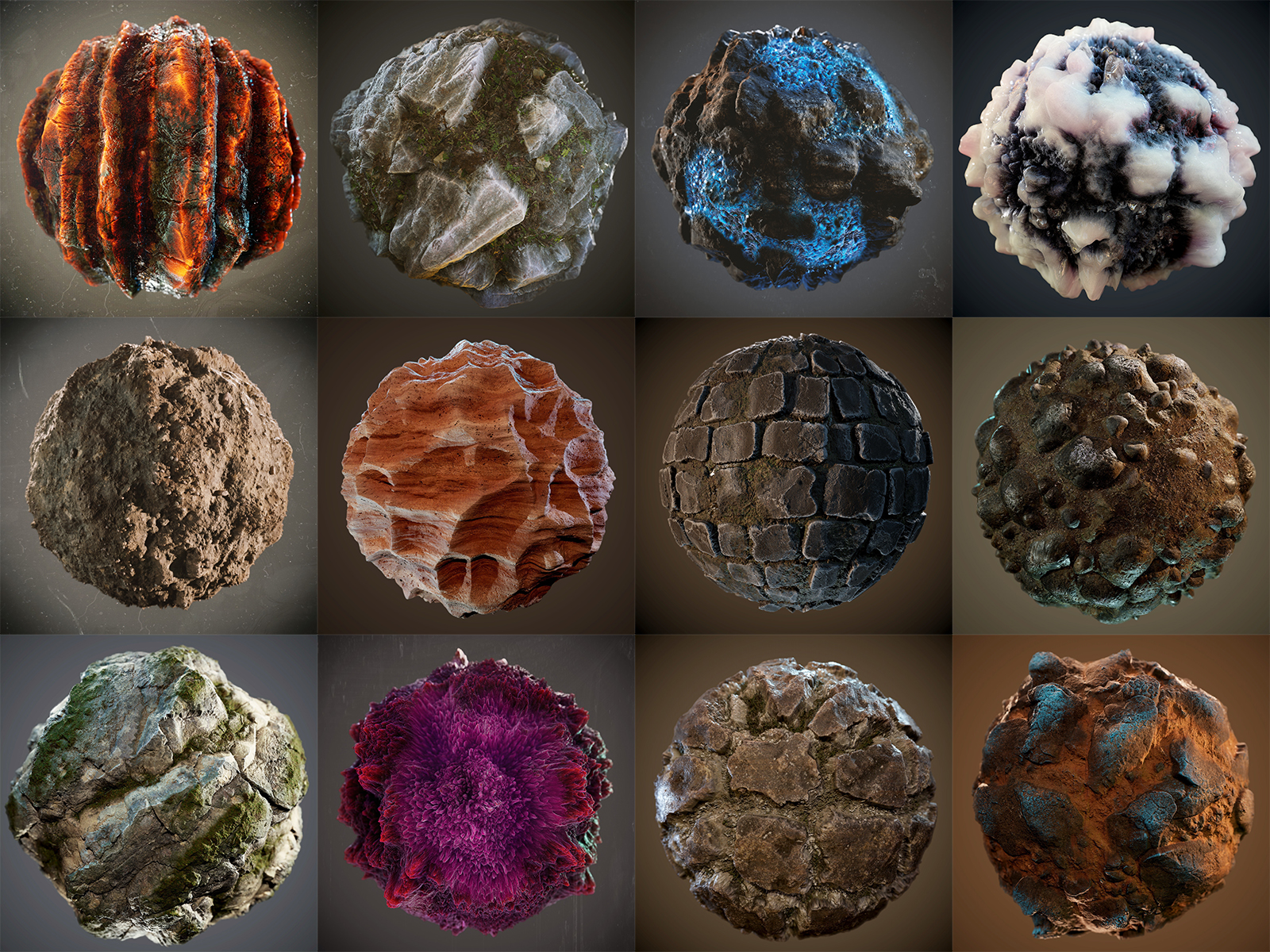
We had the chance to speak with Marian about how he uses Mixer to quickly create these stunning material surfaces, using his “Herringbone_Mud” surface as an example.
In Marian’s words:
Hello. My name is Marian Látečka. I work as a freelance 3D and texture artist.

My big thing is to mold 3D materials. I’m building these materials in Quixel Mixer and SD and the material “Herringbone_Mud” was created with a combination of these.


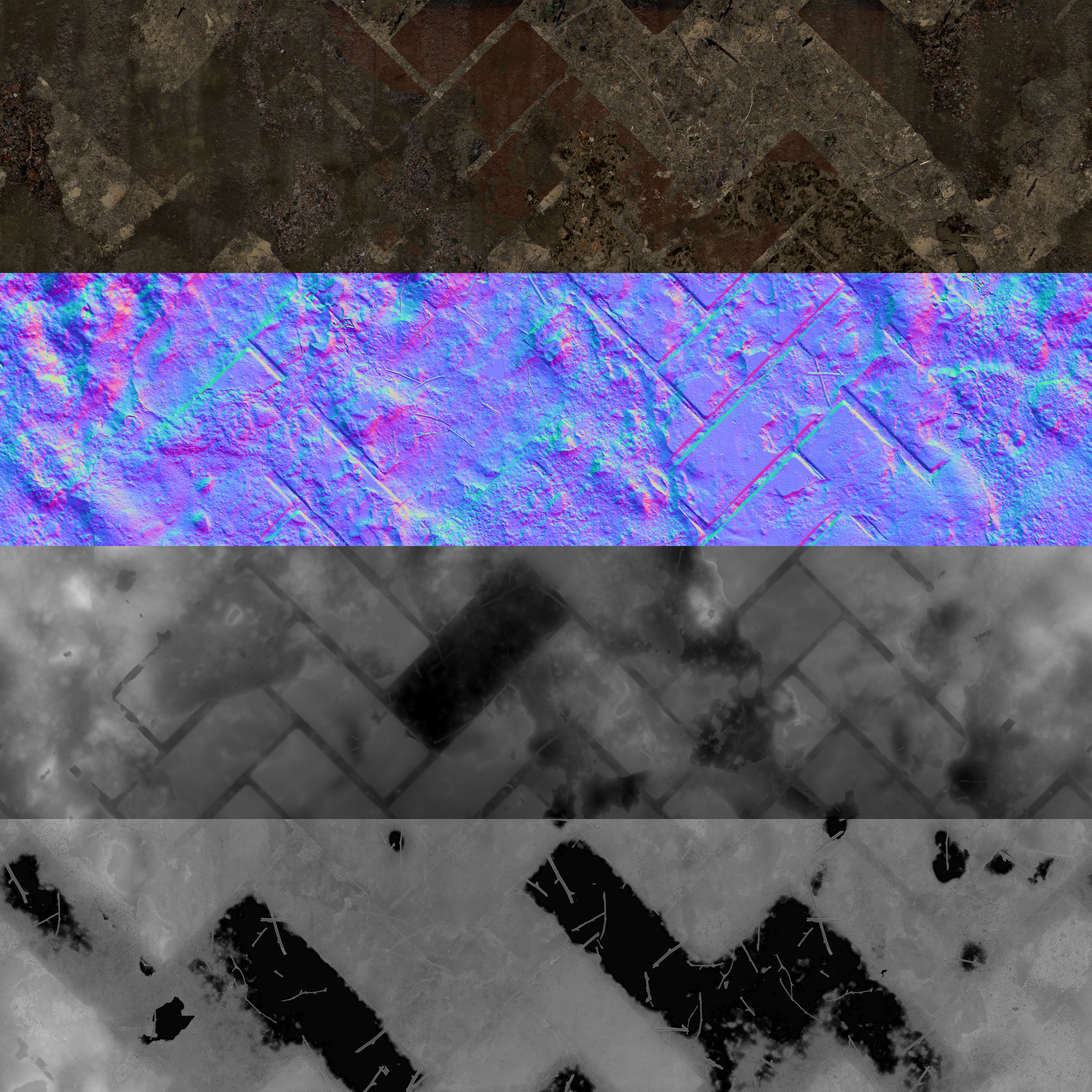
My goal in making this material is to test the new processes and possibilities of Quixel Mixer. Let’s go into it.
First, I created a basic map of tiles in SD; nothing complicated — simple Pattern and Mask. I then exported it as an EXR file in 4K resolution.
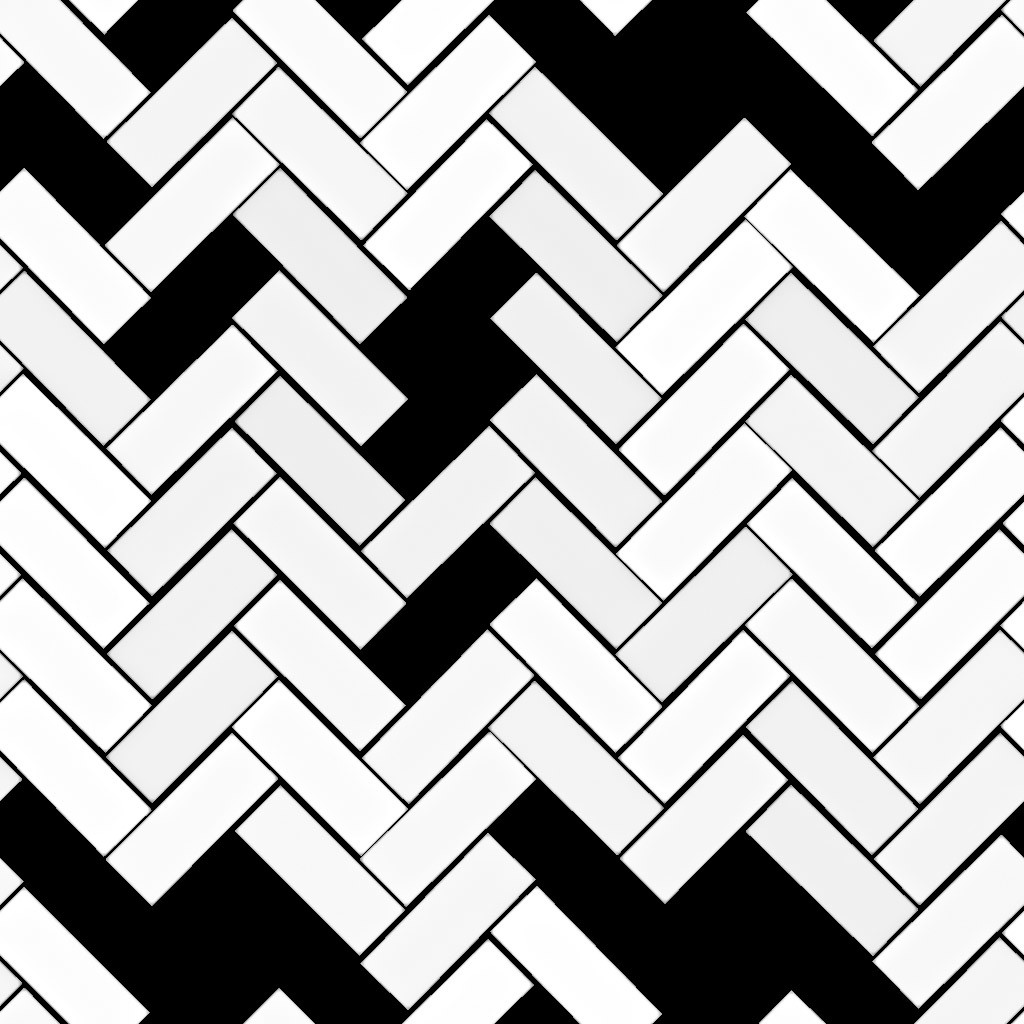
Quixel Mixer settings:
Metalness workflow: 4096 resolution
Plane: 2×2 meter
Tessellation: 10
Shadow Resolution: Very high
Here is my workflow:
1. Displacement
I created a new Paint layer and uploaded a Heightmap to the Displacement slot. I set the strength of the tile flooring and added the next Displacement layer to the break surface of the tiles.
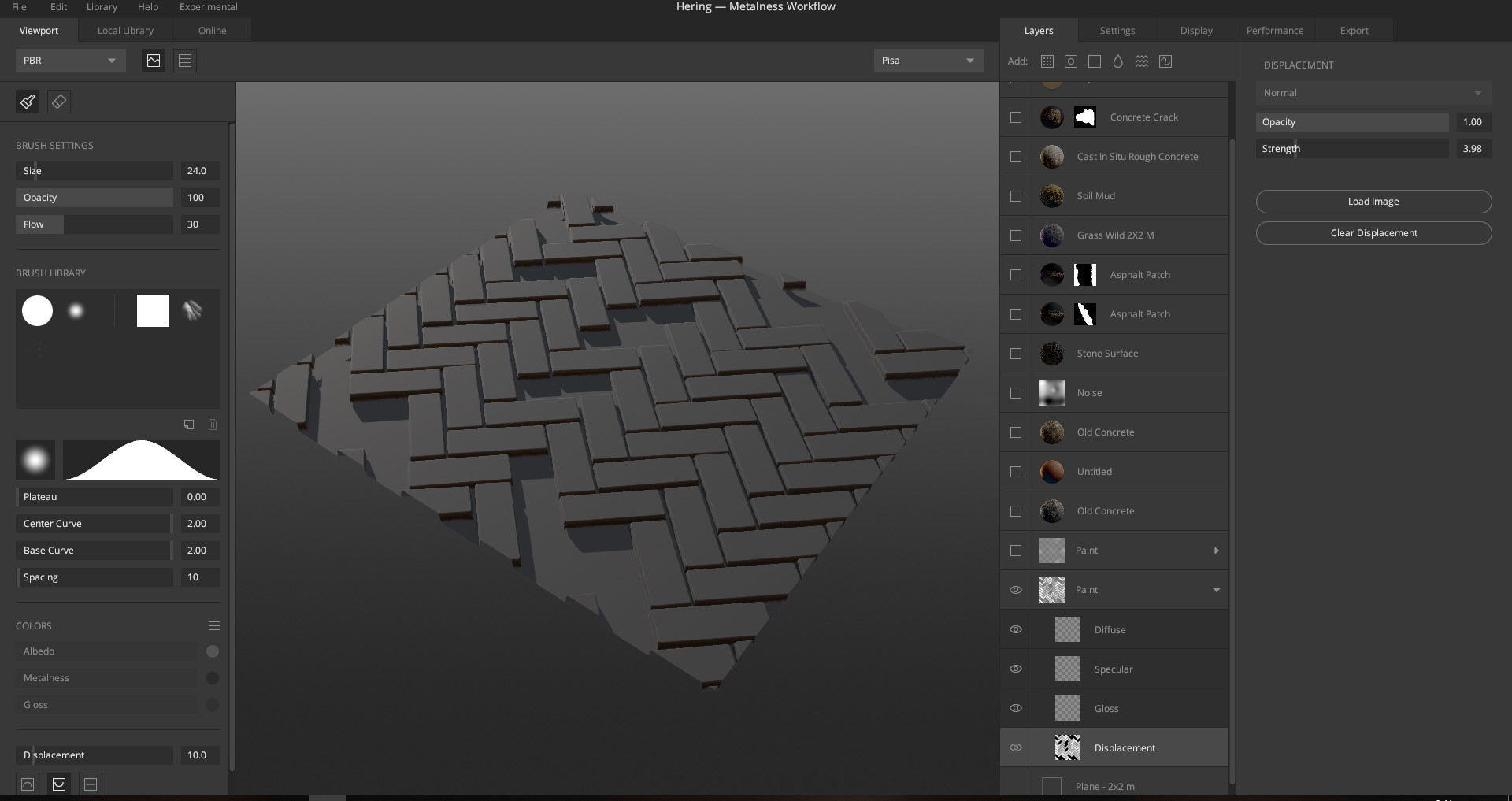
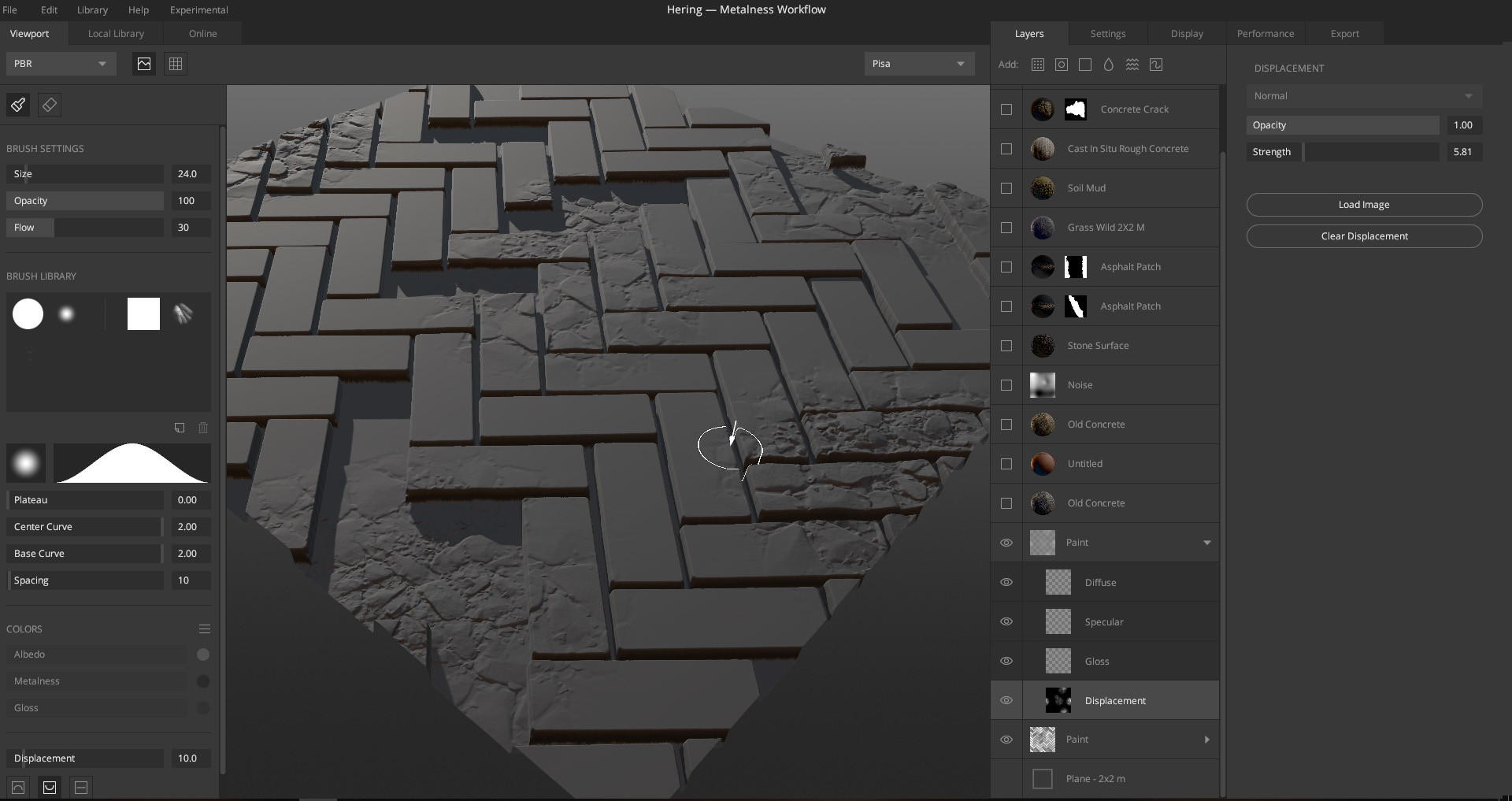
2. Base color
Now comes the fun part: mixing the materials. First off, I put in clay, a basic material, along with the colors of the tiles. I used free materials that are available as a sample — again, nothing complicated. The foundation of my process is efficiency and simplicity.
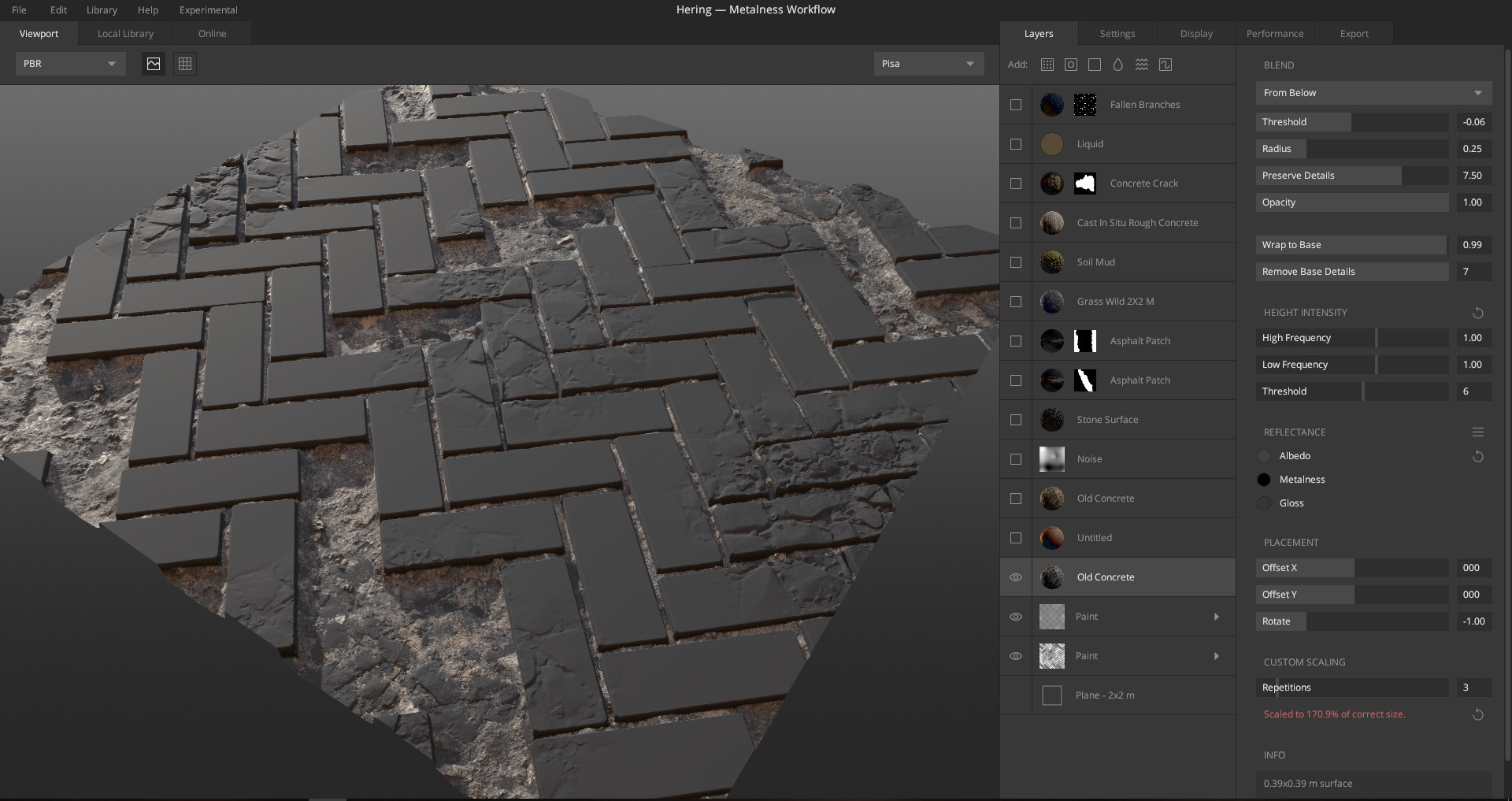
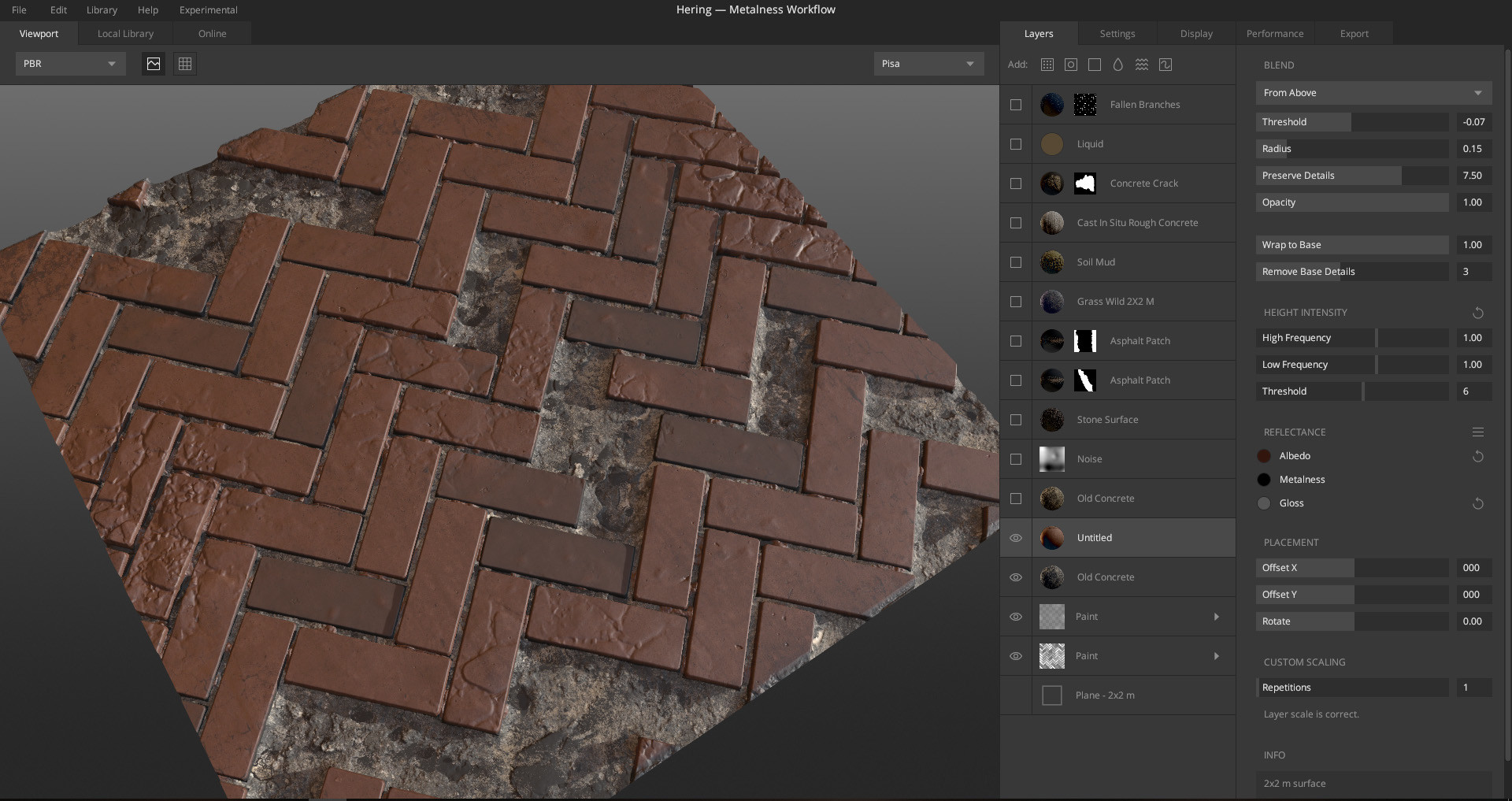
3. Mixing the surface
When adding additional layers of materials, I did not use the exact same procedure as before. Instead, I added them according to whether I liked the result or not.
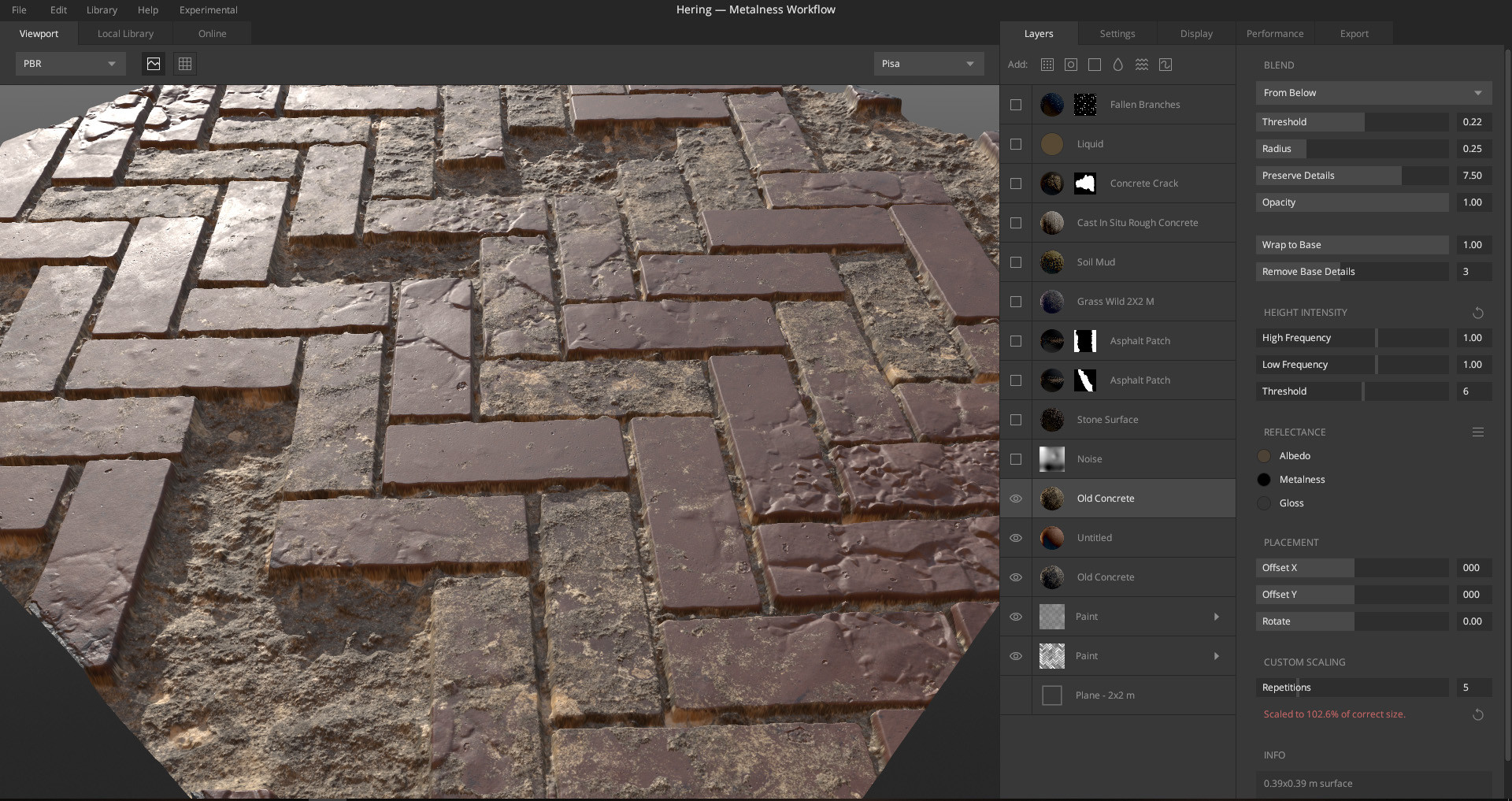

4. Breaking the surface
The Asphalt Patch material is excellent for breaking the surface, and you can make some very interesting details with it. The rule is that I keep it fast and simple, with a great result in mind. I then add more and more surfaces to make the material look as compact and as realistic as possible.
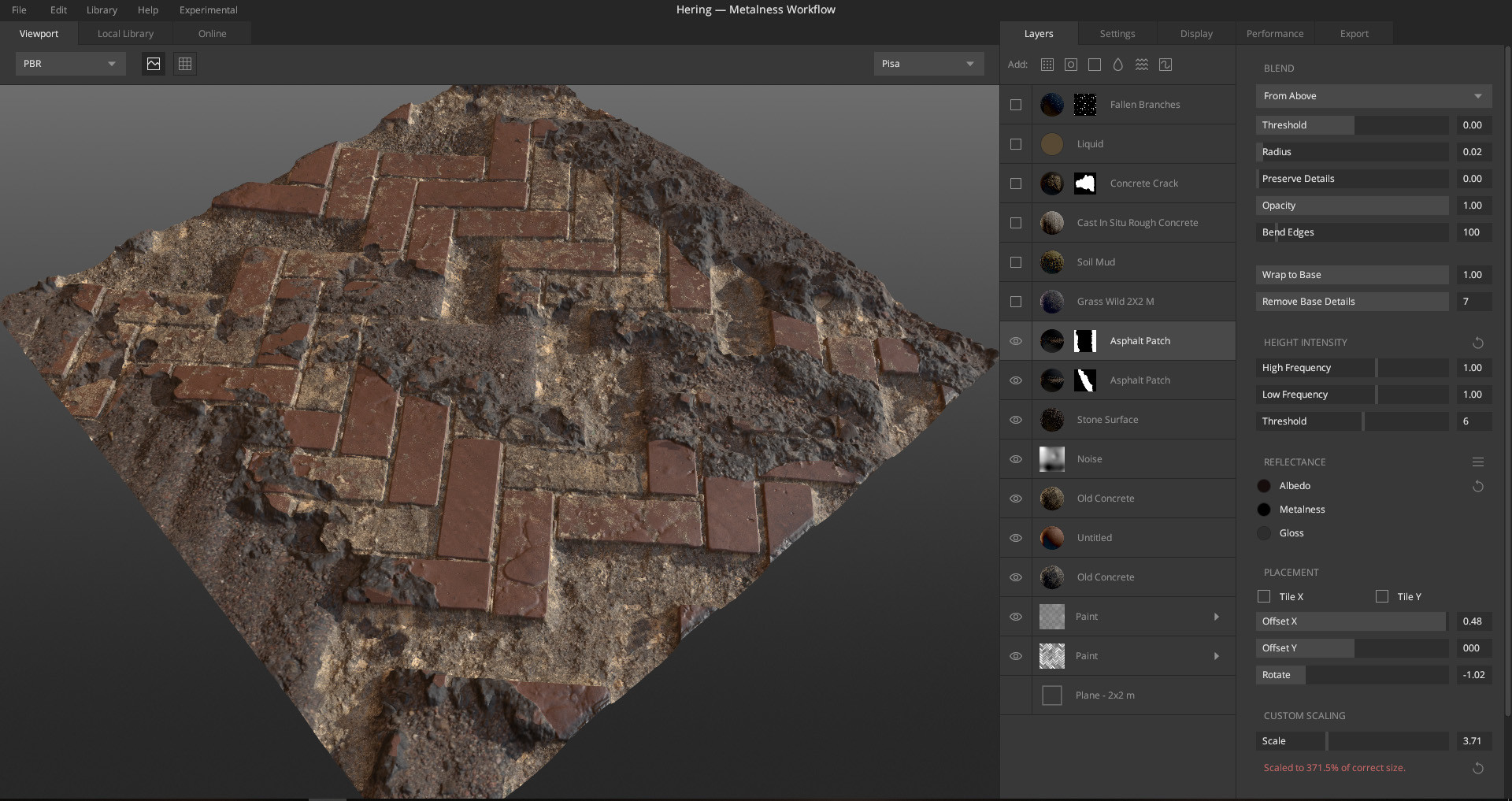


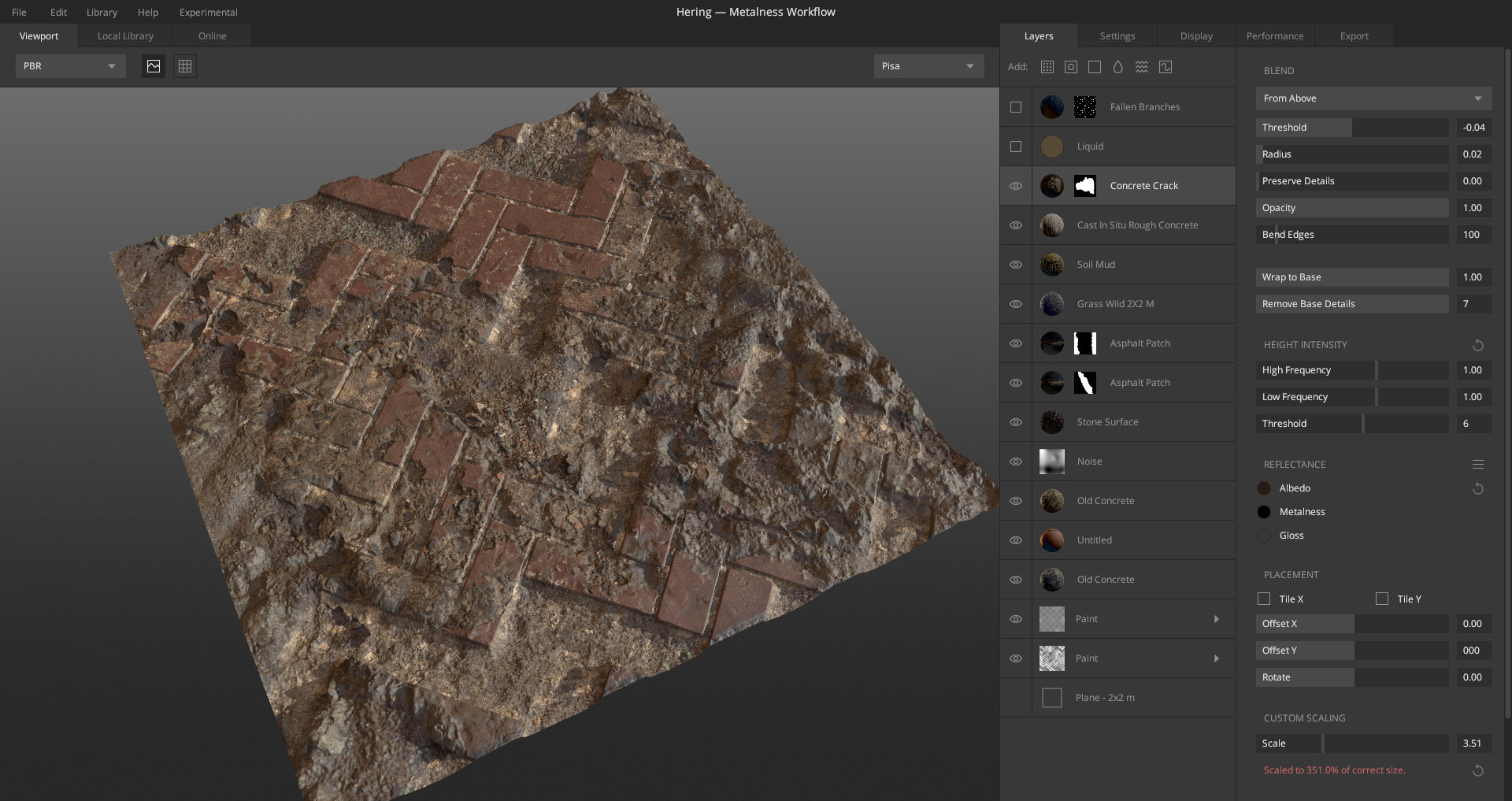
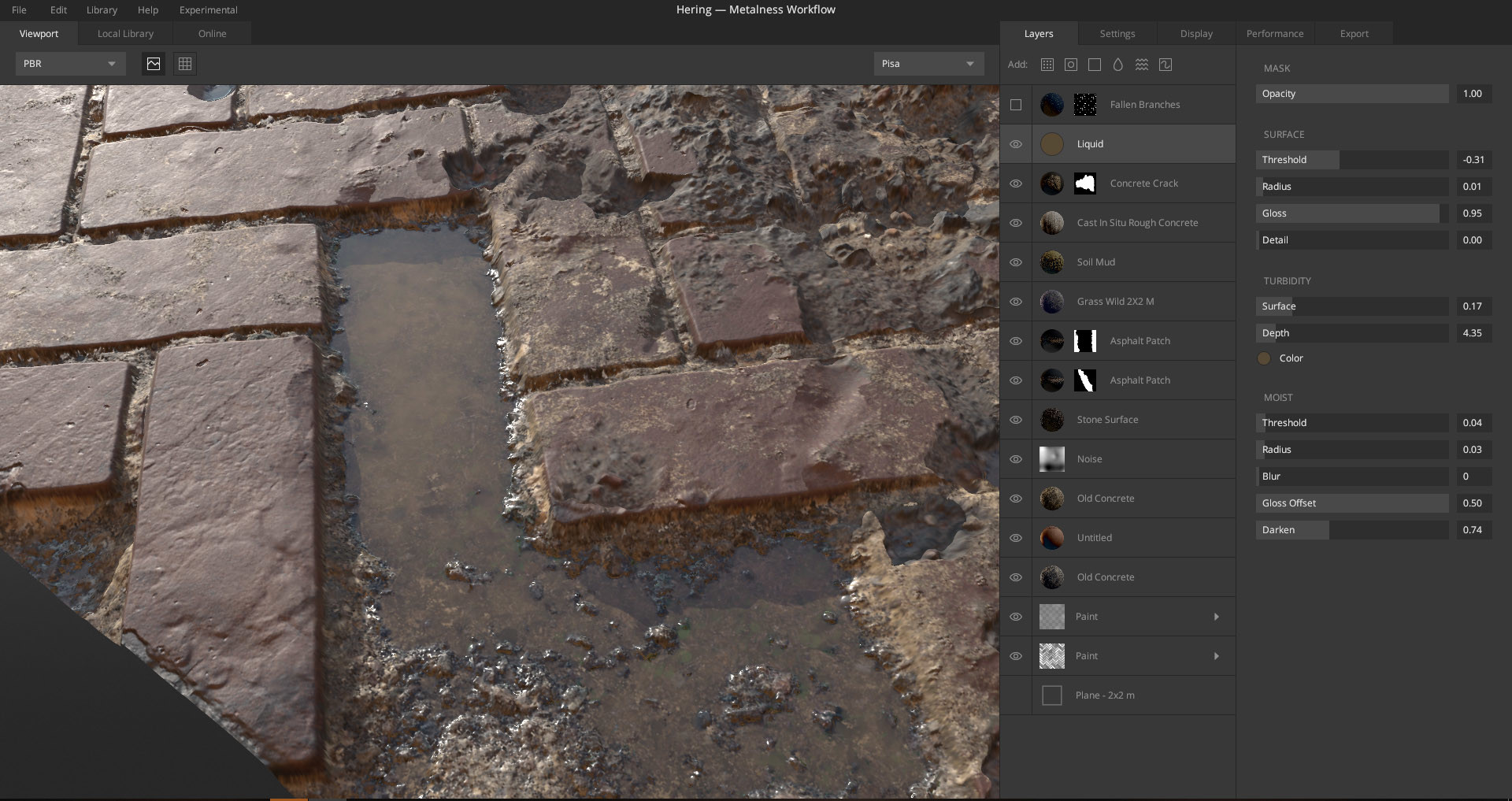
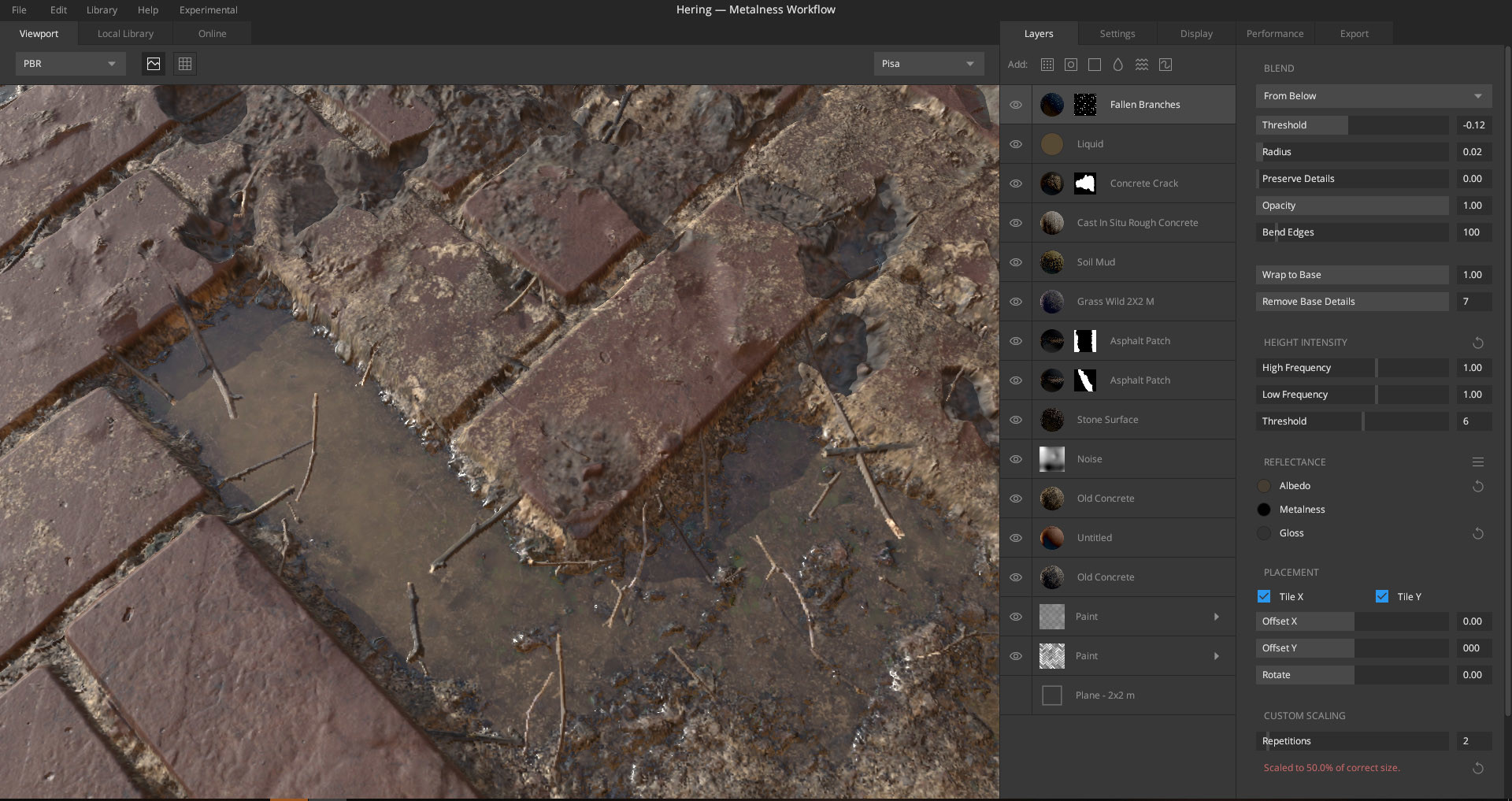
5. Finalizing the surface
I used a layer of water and a layer of Fallen Branches to finalize the surface, and that is all! The creation of this material took 15 minutes. Mixer is super fast and the results are ridiculously realistic. I love this software!
Also, my material, Mossy_Rock_Mixer, was created using the same process.
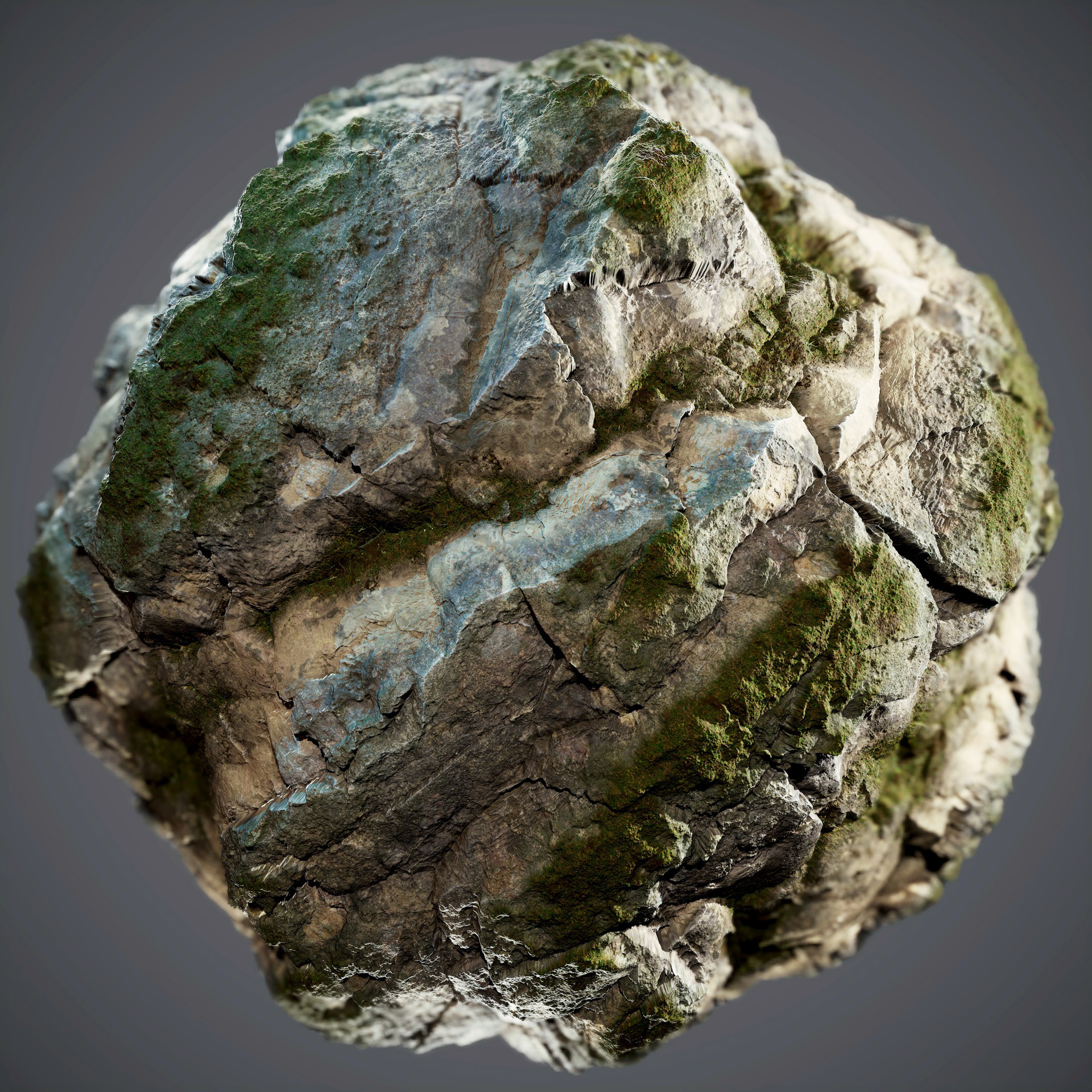
The additional step was that I added another layer in Photoshop, Curvature Smooth, and generated from it a Final Normal Map. I also used SD to achieve the higher contrast on the edges of this material.
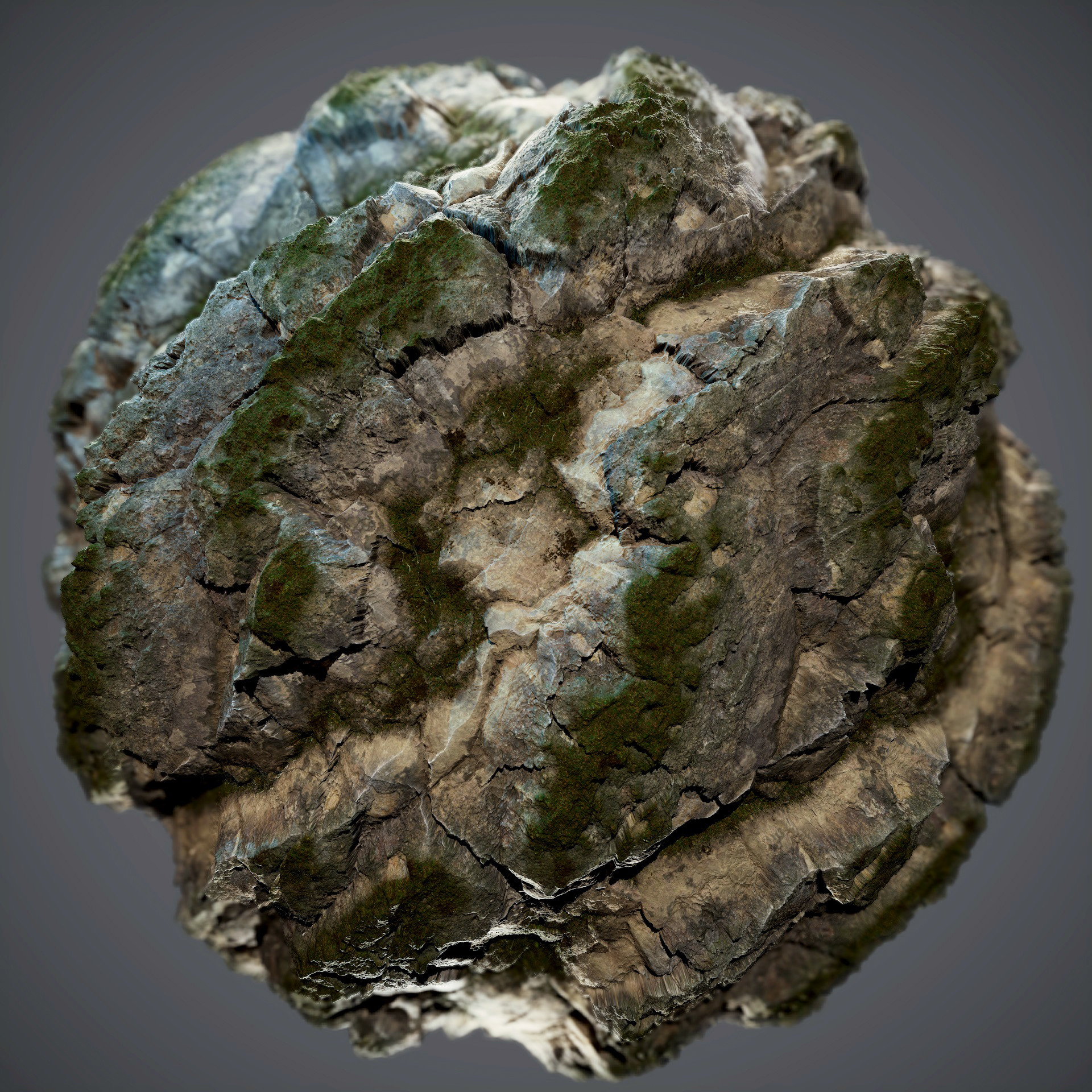
Well, thank you.
Many thanks, Marian! See more of this talented artist’s work with Quixel Mixer over on ArtStation, such as:

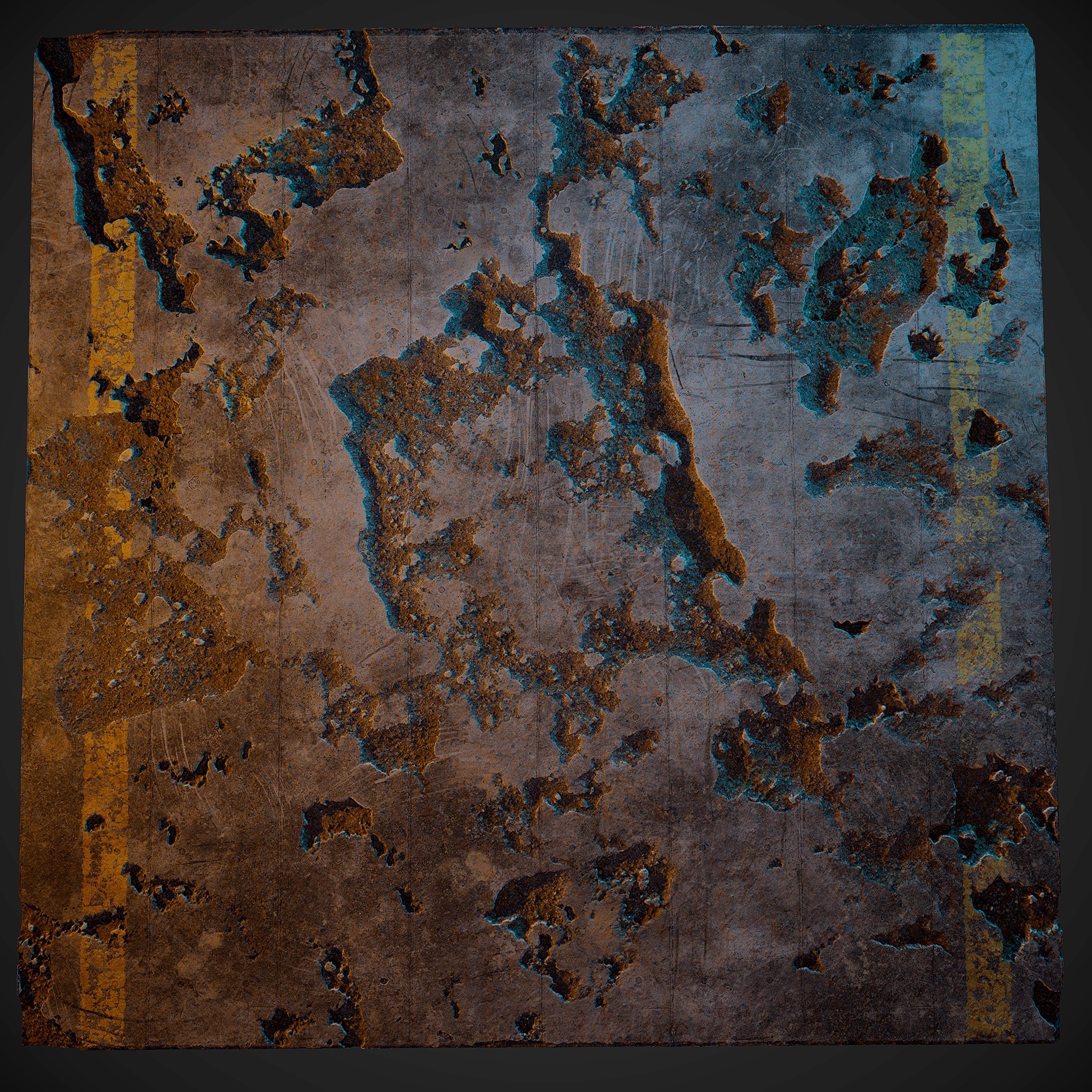
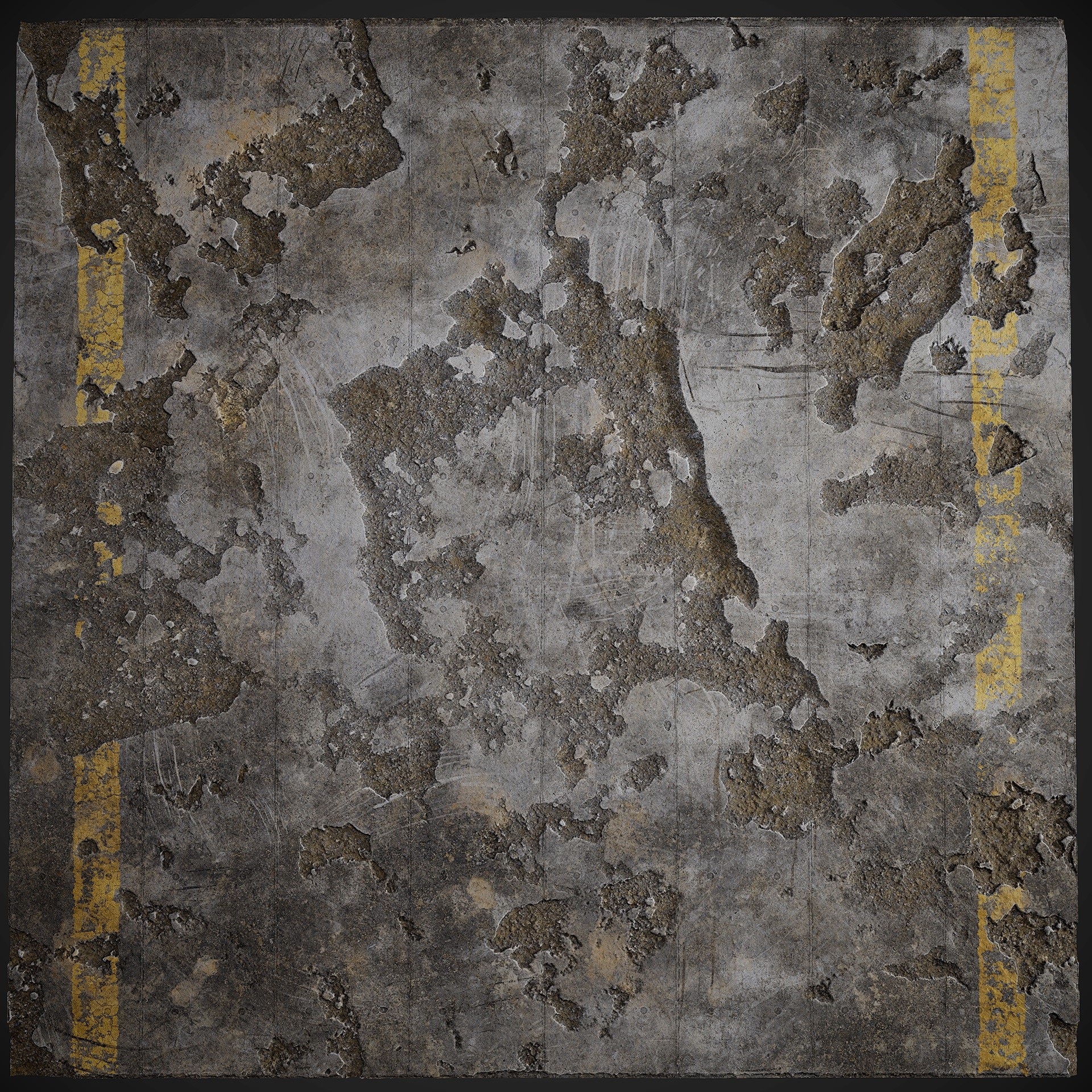
Got a Quixel-infused project you’d like featured? Send your process breakdown write-up, bio, and hi-res images to blog@quixel.se.

